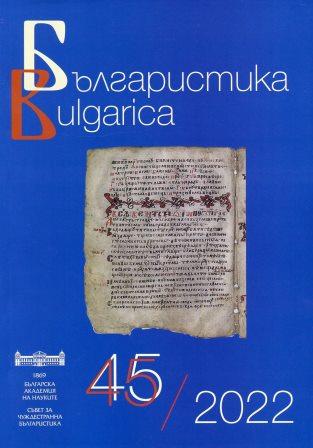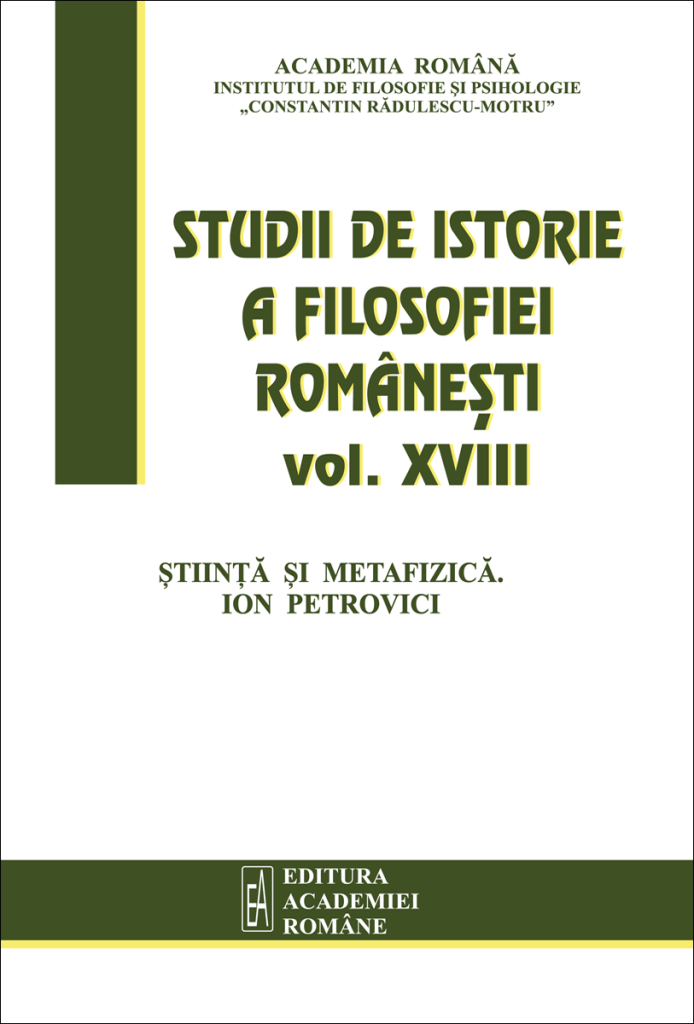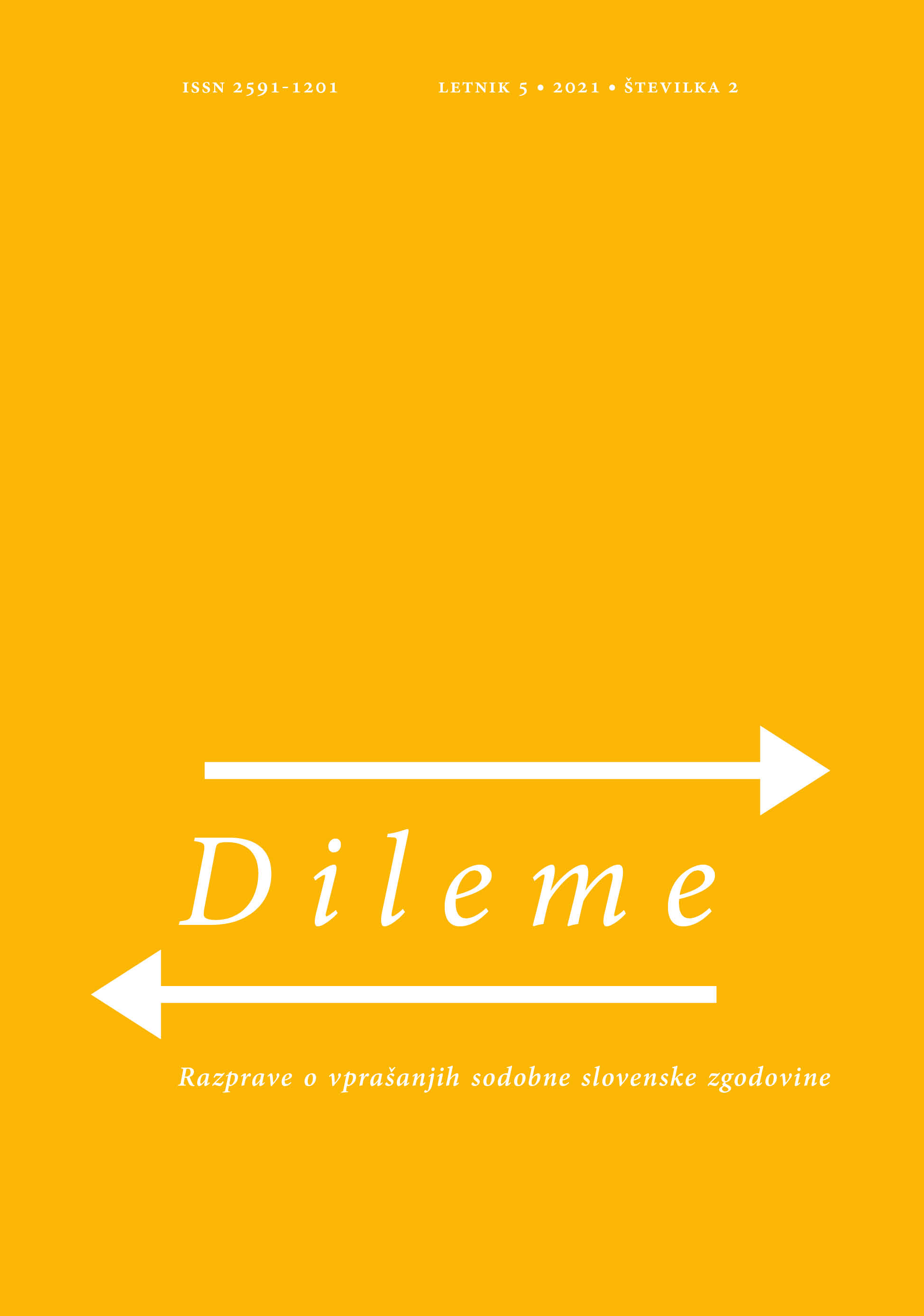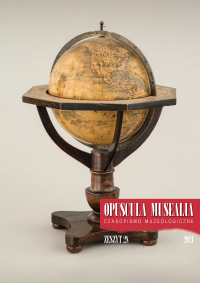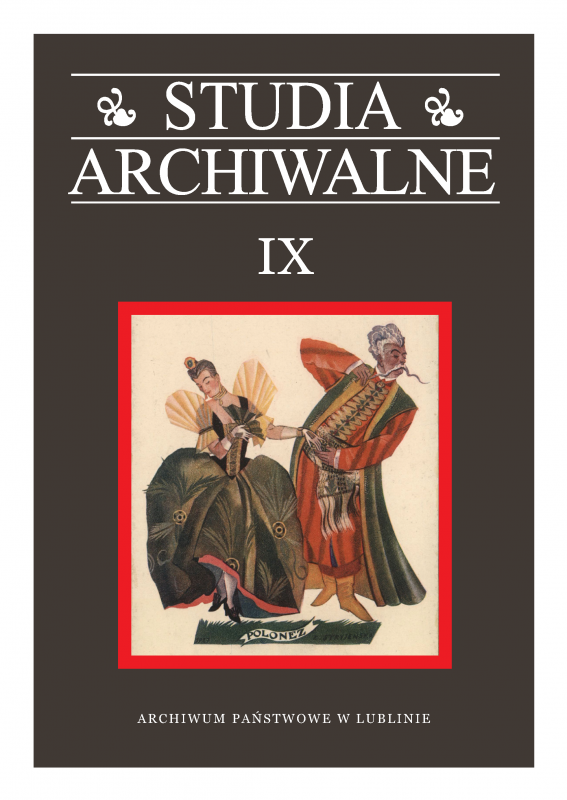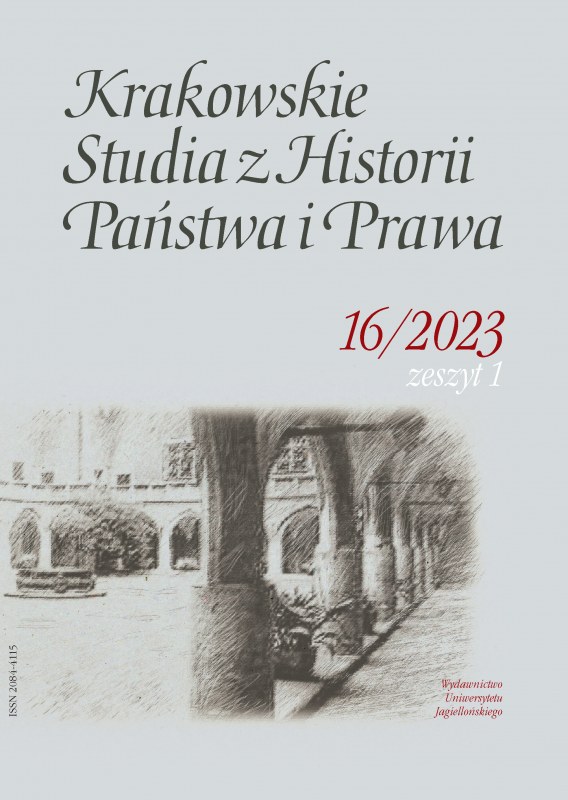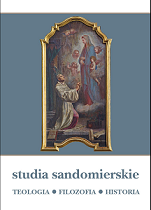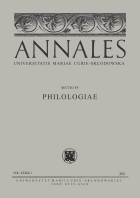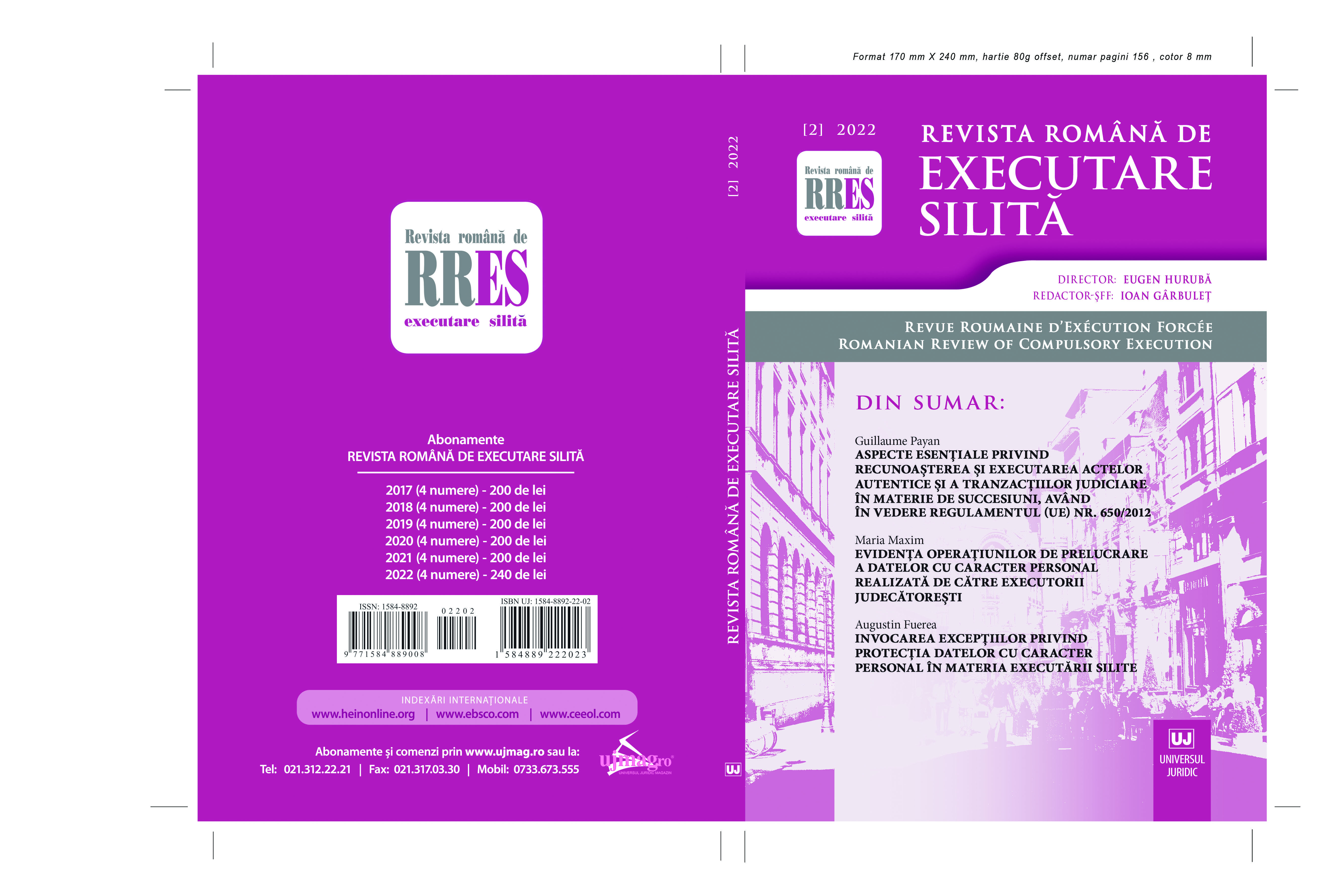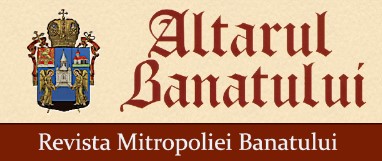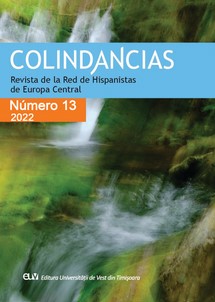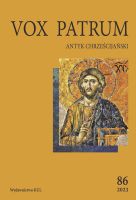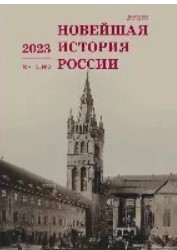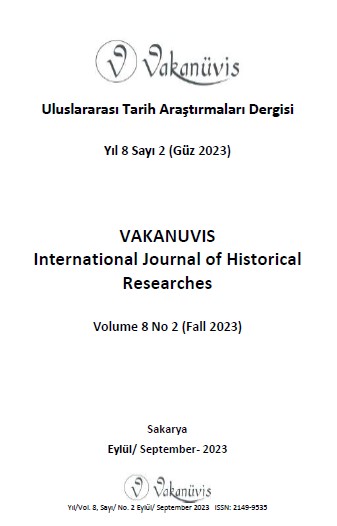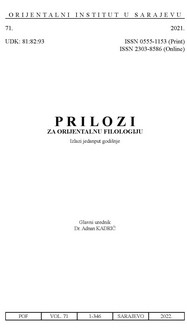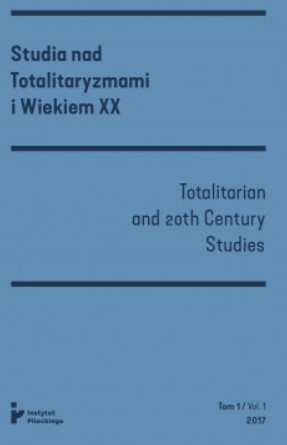
Archiwum Biura Dokumentów 2. Korpusu – zadania i wyzwania
Artykuł stanowi prezentację założeń i działań Biura Dokumentów 2. Korpusu oraz dalszych losów jego spuścizny archiwalnej. Biuro było jednostką łączącą zadania ewidencyjne i archiwalno-badawcze z zadaniami propagandy politycznej zmierzającej do przekonania opinii publicznej krajów anglosaskich, że Rosja sowiecka jest reżimem o charakterze totalitarnym. W założeniu twórców Biura miało to wpłynąć na stanowisko aliantów zachodnich wobec kwestii wschodniej granicy Polski na przyszłej konferencji pokojowej. Przeprowadzona przez nie akcja ankietowa to największe zrealizowane przedsięwzięcie instytucji. Na podstawie kwestionariuszy i ankiet zebrano w sposób zaplanowany i usystematyzowany relacje jeńców, internowanych, łagierników i osób deportowanych po 17 września 1939 roku, którzy wstąpili do armii Andersa. Efektem prac jest ponad 30 tys. różnego typu sprawozdań i ankiet znajdujących się w zbiorach Instytutu Hoovera w Stanford w USA. Stanowią one fascynujący zapis konfrontacji polskich obywateli z rzeczywistością sowieckiej okupacji i Związku Sowieckiego.
More...

